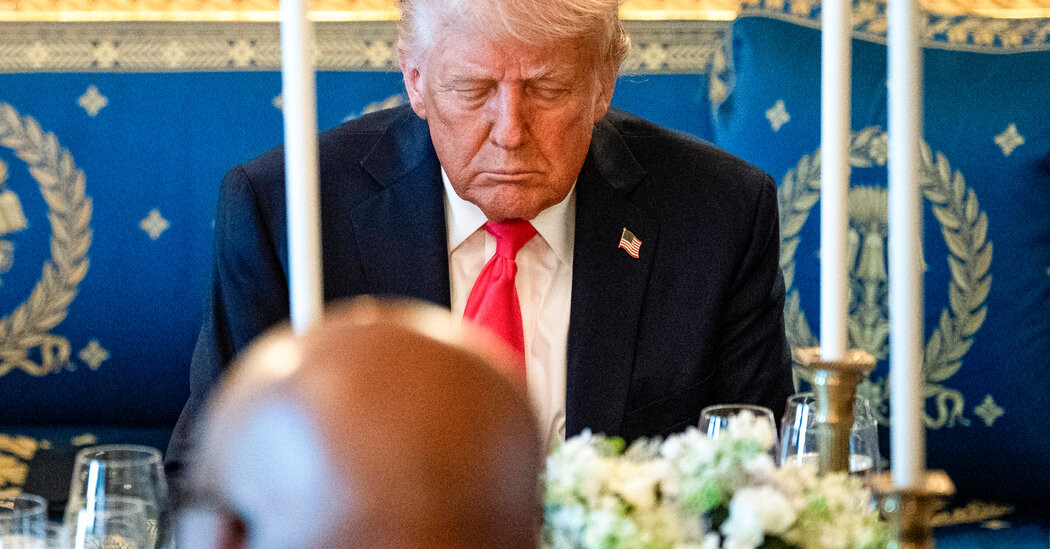

President Trump has significantly expanded the power and influence of conservative Christians in government.
Today is Good Friday, part of the holiest week in the Christian calendar. President Trump is using this week to make a dramatic gesture to the conservative Christians who heard his campaign promise last year to “bring back Christianity.”
This week, the White House issued an extraordinary statement — a presidential Easter greeting that was more directly evangelistic than those in the past. Trump and the first lady said they were celebrating “the living Son of God who conquered death, freed us from sin, and unlocked the gates of Heaven for all of humanity.” (By contrast, the White House’s much shorter Ramadan statement last month sent “warmest greetings.”)
The White House spent much of this week celebrating, including at a live-streamed Easter prayer service and a dinner attended by the president. Trump told attendees he hoped it would be “one of the great Easters ever.”
Trump has significantly expanded the power and influence of conservative Christians in government, as my colleague Elizabeth Dias and I have been reporting on for years. This week is a visible demonstration of just how powerful people advancing conservative Christian causes have become inside this administration.
The language and rituals of the White House are changing. The first Cabinet meeting opened with prayer “in Jesus’ name.” Prayer sessions and even hymn-singing have broken out in the West Wing, in public and in private.
In today’s newsletter, I’ll explain what this week’s events reveal about conservative Christians’ influence in the White House.